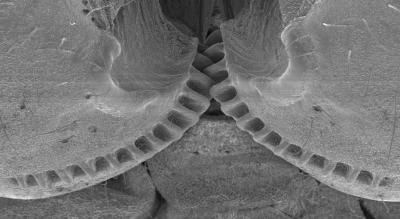
A worm-like creature from the depths of the North Atlantic has led to the establishment of a new phylum, a rare event considering most major categories were already thought to be known. Genetic analysis of the creature has shed light on the origins of chordates, the backboned animals that include human beings and two small invertebrate groups closely related to one another: lancelets and tunicates. “It’s a tremendous surprise that this mysterious creature from the ocean will help us understand our distant past,” said University of Florida researcher, Leonid Moroz, reporting on the new creature in Nature.
More precise genomic sequencing that identified about 1,300 genes revealed a surprise:Xenoturbella belongs to its own phylum, a broad class of organisms lying just below kingdom in taxonomic classification. “During the last 50 to 60 years, only a few new phyla have been established,” Moroz said.
The genetic analysis of Xenoturbella suggests that human beings and other chordates share a common ancestor. Its extreme characteristics suggest that this common ancestor – one the creature shares with its sister phyla, echinoderms and hemichordates, as well as chordates – did not have a brain or central nervous system. “It is a basal organism, which by chance preserved the basal characteristics present in our common ancestor,” Moroz said. “This shows that our common ancestor doesn’t have a brain but rather a diffuse neural system in the animal’s surface.”
Interestingly, the reconstructed genetic record implies that the brain might have evolved independently more than twice in different animal lineages. This theory sharply contrasts with the widely accepted view that the centralized brain has a single origin.








Comments are closed.